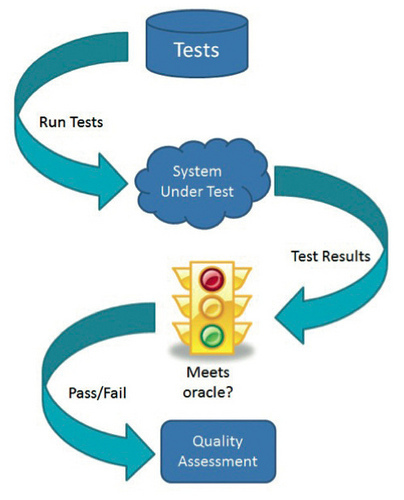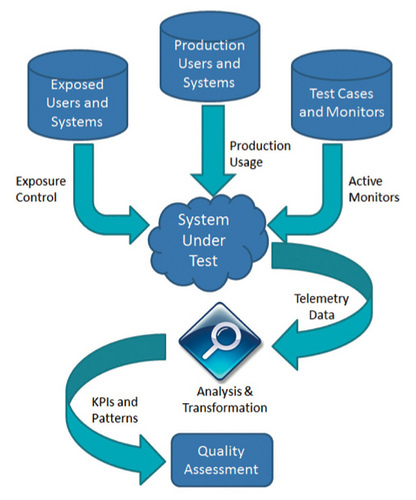Today I’ve discovered the amazing world of browser testing.
I’ve been learning about tools lately in our final classes, such as Pit Testing. But using an already existing tool, a web browser, to automate tests, was a really cool discovery.
Over on Awesome Testing’s blog, they have many posts talking about Selenium, which made me finally look it up. On the home page of Selenium, they proudly proclaim, “Selenium automates browsers. That’s it!” They know how amazing just that is. By automating a web browser, the capabilities are nearly limitless. You can distribute scripts across many environments. Create bug reproductions scripts, and scripts to aid in automated exploratory testing.
By using versatile and common tools such as web browsers, including the most popular ones like Chrome and Firefox, one can test all manner of things. Browsers can read html, styling elements, javascript, and AJAX. They can gain incredible amounts of information and interact with web pages in ways that with just a small amount of automation can test almost everything about a web page and thus web sites. As browsers also have the ability to view certain files such .pdf files, this increases their ability to test.
The possibilities with Selenium are really wonderful to think about. But the post by Awesome testing today is talking specifically about headless browser testing.
What’s a headless browser? Simply a browser without a Graphic User Interface. So instead one uses a command line like interface or network interface. This is helpful for Continuous Integration in that a display might not always be available. Unix systems, for example, don’t have display outputs on by default. In which case, headless browsers allow us to test them instead of using combinations of other tools to do the same job.
By combining Selenium and a headless browser we can do headless browser testing on servers and web sites. It’s so simple, and also so interesting. This gave me a glimpse of the way professional testers combine multiple tools along with coding, most of the article is dedicated to showcasing java code for headless browser testing in Firefox, to create their own toolbox of software for making sure things work. It also showed a concrete example a testing method used in Continuous Integration, which was nice. I was also introduced to a very exciting new tool, Selenium. Having a new toy to play with is always exciting though.
Original post: http://www.awesome-testing.com/2017/09/firefox-selenium-browser-capabilities.html
From the blog CS@Worcester – Fu's Faulty Functions by fymeri and used with permission of the author. All other rights reserved by the author.


